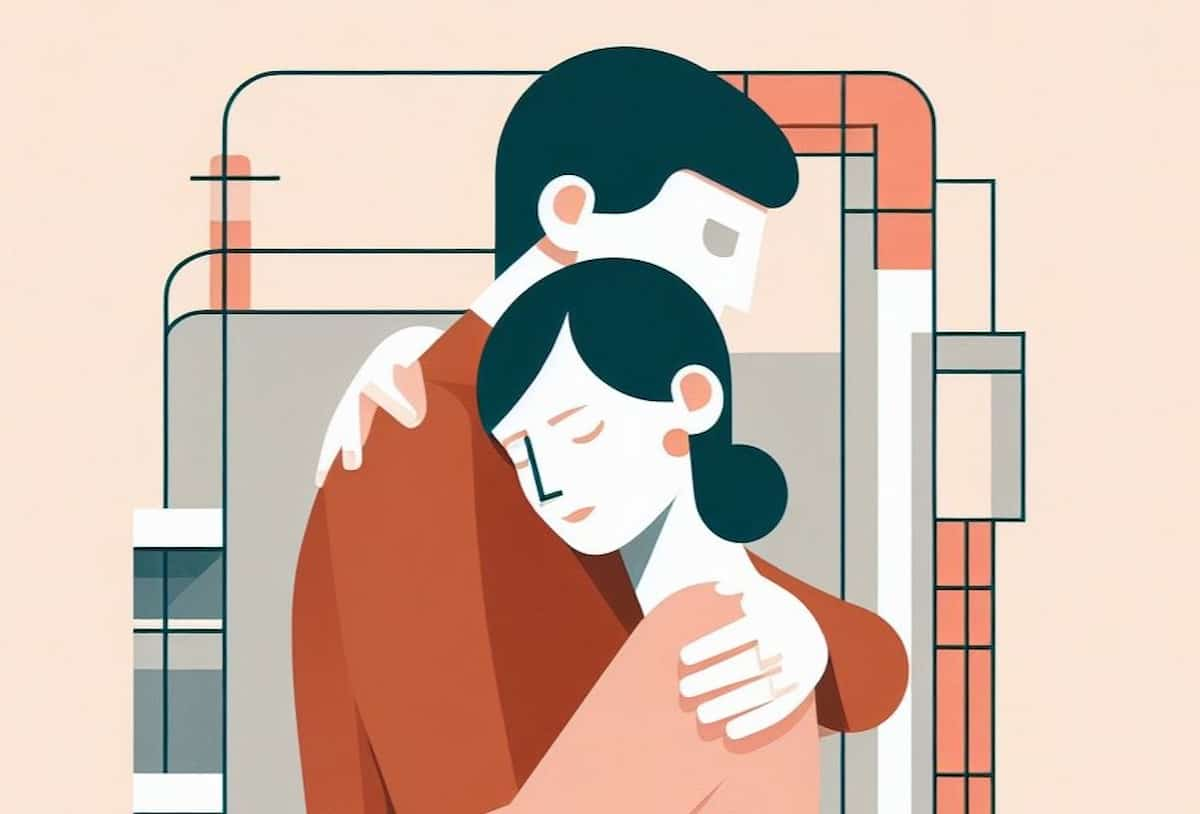This hormone linked to dissatisfaction with current partner and more flirting with others.
Women with higher levels of the sex hormone oestradiol are more likely to cheat on their partner.
High oestradiol levels were linked to a higher chance of a women flirting, kissing and having an affair with another man.
High levels of the hormone were also linked to being more dissatisfied with their current partner.
However, women with high oestradiol levels were not looking for a one-night stand, but were serial monogamists.
Oestradiol is an ovarian hormone that is critical to reproduction.
Women who have high levels of oestradiol are generally more fertile, so have a greater chance of conception.
Oestradiol is also linked to many physical features that men find attractive, such as high facial symmetry.
Dr Kristina Durante, the study’s first author, said:
“The study offers further evidence that physiological mechanisms continue to play a major role in guiding women’s sexual motivations and behavior.”
For the study, 52 women had hormonal tests and were asked about their physical attractiveness and propensity to cheat on their partner.
High oestradiol levels were not just linked to cheating, but also to greater physical attractiveness as rated by themselves and other people.
In other words, more fertile women are better looking and they know it.
Dr Durante said:
“Our findings show that highly fertile women are not easily satisfied by their long-term partners and are motivated to seek out more desirable partners.
However, that doesn’t mean they’re more likely to engage in casual sex.
Instead, they adopt a strategy of serial monogamy.”
The study was published in the journal Proceedings of the Royal Society of London: Biology Letters (Durante & Li, 2009).








